Home>Home Appliances>Kitchen Appliances>How To Descale An Espresso Machine
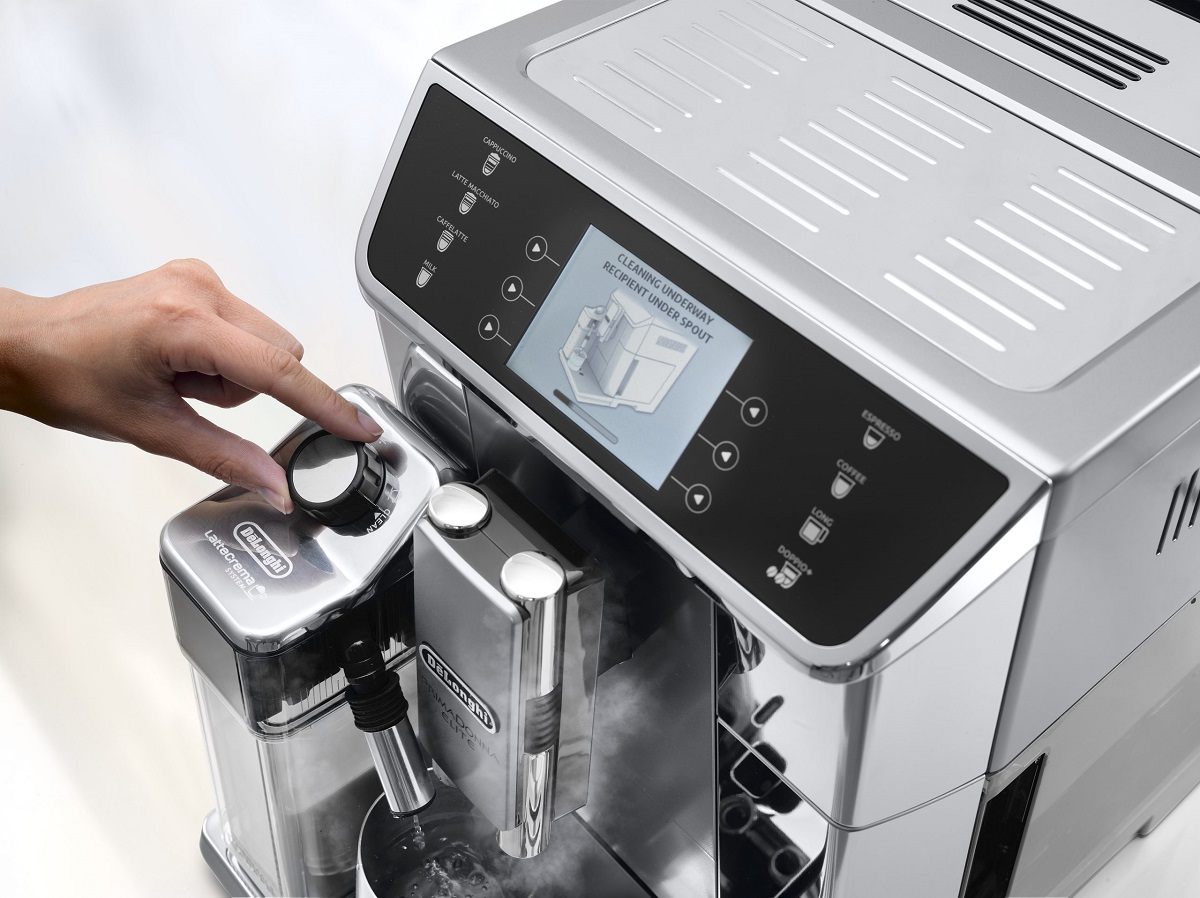

Kitchen Appliances
How To Descale An Espresso Machine
Modified: October 24, 2024
Learn how to descale your espresso machine at home with our easy step-by-step guide. Keep your kitchen appliances in top condition for delicious coffee every time.
(Many of the links in this article redirect to a specific reviewed product. Your purchase of these products through affiliate links helps to generate commission for Storables.com, at no extra cost. Learn more)
Introduction
So, you've finally invested in that sleek, shiny espresso machine that promises to elevate your coffee game to new heights. You've savored the aroma of freshly ground coffee beans and marveled at the machine's impressive array of features. However, to ensure that your espresso machine continues to deliver top-notch brews, it's crucial to understand the significance of descaling and how to execute this maintenance task effectively.
Descaling is the process of removing mineral deposits, such as calcium and limescale, that accumulate inside the espresso machine over time. These deposits not only compromise the machine's performance but also affect the flavor and quality of your espresso. Neglecting this essential maintenance step can lead to clogged pipes, reduced water flow, and ultimately, a less-than-satisfying coffee experience.
In this comprehensive guide, we'll delve into the intricacies of descaling an espresso machine, equipping you with the knowledge and confidence to tackle this vital maintenance task. From preparing the machine to the final clean-up and maintenance tips, we'll walk you through each step with clarity and precision. By the end of this journey, you'll be well-versed in the art of descaling, ensuring that your espresso machine continues to brew rich, flavorful concoctions that tantalize your taste buds.
So, grab your favorite mug, and let's embark on this espresso maintenance odyssey together!
Key Takeaways:
- Say goodbye to bad-tasting espresso! Descaling your machine removes mineral deposits, ensuring top-notch flavor and machine longevity.
- Regular descaling maintains hygiene, prevents clogs, and extends your espresso machine’s lifespan. Keep your coffee game strong!
Read more: How To Descale The Breville Espresso Machine
Understanding the Importance of Descaling
Before delving into the nitty-gritty of descaling your espresso machine, it’s crucial to grasp the significance of this maintenance task. Over time, mineral deposits, primarily calcium and limescale, gradually accumulate within the inner workings of the machine. These deposits are a natural byproduct of the water used in the brewing process, particularly in areas with hard water.
So, why is descaling so important? Firstly, these mineral deposits can obstruct the flow of water through the machine, leading to reduced water pressure and slower brewing times. This not only compromises the efficiency of the machine but also affects the flavor and quality of the espresso it produces. If left unaddressed, the accumulation of limescale can eventually lead to clogged pipes and irreversible damage to the internal components of the espresso machine.
Furthermore, descaling plays a pivotal role in maintaining the hygiene and cleanliness of the machine. The warm, moist environment inside the espresso machine provides an ideal breeding ground for bacteria and mold. By regularly descaling the machine, you not only eliminate mineral deposits but also mitigate the risk of bacterial growth, ensuring that each cup of espresso is not only delicious but also safe to consume.
Regular descaling not only preserves the integrity and performance of the espresso machine but also extends its lifespan. By preventing the build-up of mineral deposits, you can safeguard the internal components from corrosion and deterioration, ultimately prolonging the longevity of your beloved espresso machine.
By understanding the pivotal role of descaling in preserving the functionality, flavor, and hygiene of your espresso machine, you’re empowered to take proactive measures in maintaining and enhancing your coffee brewing experience. With this awareness, let’s proceed to the practical steps of descaling your espresso machine, ensuring that it continues to be the cornerstone of your daily caffeine ritual.
Step 1: Preparing the Espresso Machine
Before commencing the descaling process, it’s essential to prepare your espresso machine to ensure a smooth and effective descaling experience. Here’s a step-by-step guide to preparing the machine:
- Read the Manual: Familiarize yourself with the manufacturer’s instructions for descaling. The manual provides valuable insights into the specific descaling requirements and recommendations for your espresso machine model.
- Gather the Necessary Supplies: Ensure that you have all the essential supplies on hand, including the descaling solution or alternative descaling agents recommended by the manufacturer, a container for the descaling solution, and fresh water for rinsing.
- Turn Off and Unplug the Machine: Safety first! Before initiating the descaling process, switch off the espresso machine and unplug it from the power source. This precautionary measure prevents any mishaps and ensures your safety during the maintenance procedure.
- Empty the Water Reservoir: Remove any remaining water from the machine’s reservoir. Discard the water and, if feasible, detach the reservoir for thorough cleaning. This step ensures that the descaling solution can permeate the internal components effectively.
- Remove and Clean Removable Parts: If applicable, detach removable components such as the portafilter, drip tray, and water filter. Clean these parts separately using mild dish soap and warm water. This not only enhances the overall cleanliness of the machine but also prevents any residual descaling solution from coming into contact with these components during the descaling process.
By meticulously preparing your espresso machine for descaling, you set the stage for a successful and efficient descaling procedure. With the machine primed and ready, you’re poised to embark on the next crucial phase: mixing the descaling solution.
Step 2: Mixing the Descaling Solution
Once your espresso machine is primed and prepared, the next step in the descaling process involves mixing the descaling solution. This pivotal phase ensures that the solution is appropriately formulated to effectively eliminate mineral deposits and restore the optimal functionality of the machine. Here’s a detailed guide to mixing the descaling solution:
- Refer to Manufacturer’s Recommendations: Consult the manufacturer’s guidelines or the accompanying manual to ascertain the recommended descaling solution for your specific espresso machine model. Manufacturers often provide specific instructions and compatible descaling products tailored to their machines.
- Use Commercial Descaling Products: If the manufacturer recommends a commercial descaling solution, procure the recommended product from a reputable supplier. These specialized descaling agents are formulated to dissolve mineral deposits without causing damage to the internal components of the espresso machine.
- Prepare Homemade Descaling Solution: Alternatively, if you prefer a DIY approach, you can create a homemade descaling solution using equal parts of water and white vinegar. This natural descaling remedy effectively breaks down mineral deposits and is environmentally friendly.
- Dilute the Solution: Dilute the commercial descaling product or homemade solution with the specified quantity of water, as per the manufacturer’s instructions. Achieving the correct dilution ensures that the descaling solution is potent enough to dissolve mineral deposits while being safe for the espresso machine’s internal components.
- Use the Right Proportions: Adhere to the recommended proportions when mixing the descaling solution. Avoid deviating from the prescribed measurements, as an excessively concentrated solution may be too harsh, while an overly diluted solution might be ineffective in descaling the machine.
By meticulously following these steps to mix the descaling solution, you ensure that the solution is tailored to the specific requirements of your espresso machine. With the solution prepared, you’re now poised to initiate the descaling process, rejuvenating your machine and revitalizing the quality of your beloved espresso.
To descale an espresso machine, mix equal parts water and white vinegar, then run the solution through the machine. Follow with a few cycles of plain water to rinse. Repeat every 1-3 months to prevent buildup.
Step 3: Descaling Process
With the espresso machine prepared and the descaling solution meticulously mixed, it’s time to embark on the pivotal phase of the descaling process. This step-by-step guide will walk you through the descaling procedure, ensuring that mineral deposits are effectively dissolved and flushed out of the machine’s internal components:
- Prime the Machine: If your espresso machine features a “descaling” or “cleaning” mode, initiate this function as per the manufacturer’s instructions. This primes the machine for the descaling process, preparing it to receive the descaling solution and commence the thorough cleansing operation.
- Introduce the Descaling Solution: Pour the prepared descaling solution into the water reservoir of the espresso machine. Ensure that the solution is evenly distributed and ready to permeate the internal components, targeting and dissolving the accumulated mineral deposits.
- Commence the Descaling Cycle: Initiate the descaling cycle as per the manufacturer’s guidelines. This typically involves running the descaling solution through the machine, allowing it to circulate and interact with the internal components. The machine may dispense the solution through the brewing head, steam wand, and hot water spout, thoroughly cleansing these elements.
- Allow the Solution to Rest: Once the descaling cycle is complete, allow the machine to sit idle for the specified duration, as recommended by the manufacturer. This period enables the descaling solution to effectively dissolve and dislodge the mineral deposits, preparing them for thorough removal.
- Repeat if Necessary: In cases of severe mineral buildup, it may be necessary to repeat the descaling process to ensure comprehensive cleansing. Follow the manufacturer’s recommendations and, if required, initiate an additional descaling cycle to address stubborn deposits.
By meticulously executing the descaling process, you effectively purge the espresso machine of mineral deposits, revitalizing its performance and safeguarding the quality of your espresso. With the descaling phase completed, the next critical step involves rinsing the machine to eliminate any residual descaling solution and prepare it for the brewing of delectable, untainted espresso.
Step 4: Rinsing the Machine
Following the completion of the descaling process, the next crucial step involves thoroughly rinsing the espresso machine to eliminate any residual descaling solution and mineral deposits. This meticulous rinsing phase ensures that the internal components are cleansed and primed for the brewing of pristine, flavorful espresso. Here’s a comprehensive guide to rinsing the machine:
- Flush with Fresh Water: Fill the water reservoir with fresh, clean water. This water will be used to flush out any remaining descaling solution from the internal components of the machine. Ensure that the reservoir is adequately filled to facilitate a thorough rinsing process.
- Initiate Rinsing Cycle: If your espresso machine features a dedicated rinsing or cleaning cycle, activate this function as per the manufacturer’s instructions. This cycle facilitates the circulation of fresh water through the internal conduits, effectively purging the remnants of the descaling solution.
- Run Water Through Components: If the machine does not have an automated rinsing cycle, manually run water through the brewing head, steam wand, and hot water spout. This manual process ensures that each component is meticulously rinsed, expelling any lingering descaling solution and mineral deposits.
- Repeat Rinsing as Needed: Depending on the severity of the descaling solution used and the extent of mineral buildup, it may be necessary to repeat the rinsing process multiple times. Thoroughly assess the water expelled during rinsing to ensure that it runs clear, indicating the absence of residual descaling solution or mineral deposits.
- Clean Removable Parts: While the machine undergoes the rinsing process, take the opportunity to clean and dry any removable components, such as the portafilter, drip tray, and water reservoir. This enhances the overall cleanliness of the machine and prevents the accumulation of moisture in these components.
By diligently executing the rinsing phase, you ensure that the espresso machine is devoid of any traces of descaling solution and mineral deposits, setting the stage for the final clean-up and maintenance steps. With the machine thoroughly rinsed, it’s time to proceed to the concluding phase of this maintenance journey.
Step 5: Final Clean-Up and Maintenance
As you approach the culmination of the descaling process, the final clean-up and maintenance steps play a pivotal role in ensuring that your espresso machine remains in optimal condition, poised to deliver delightful brews with each use. Let’s delve into the essential tasks to complete this comprehensive maintenance journey:
- Wipe Down the Exterior: Using a damp cloth, gently wipe down the exterior of the espresso machine to remove any residual descaling solution, water stains, or grime. This simple yet effective step enhances the aesthetic appeal of the machine and maintains its pristine appearance.
- Clean the Brew Group: If your espresso machine features a removable brew group, carefully detach it and clean it according to the manufacturer’s recommendations. This component plays a crucial role in the brewing process and should be maintained in optimal condition to ensure consistent espresso quality.
- Inspect and Replace Filters: Assess the condition of any filters integrated within the espresso machine. If these filters are disposable or require periodic replacement, ensure that they are promptly substituted with fresh ones to uphold the machine’s performance and water quality.
- Perform Routine Maintenance: Take this opportunity to execute any routine maintenance tasks recommended by the manufacturer, such as lubricating moving parts, descaling the steam wand, or calibrating the grinder settings. Adhering to these maintenance protocols prolongs the longevity and functionality of the espresso machine.
- Reassemble and Test: Reassemble the machine, ensuring that all components are securely fitted. Once reassembled, perform a test run to ensure that the machine operates smoothly and that water flows without obstruction, signaling the successful completion of the descaling process.
By conscientiously undertaking these final clean-up and maintenance measures, you fortify the espresso machine’s resilience, cleanliness, and performance, setting the stage for an impeccable brewing experience. With the machine revitalized and primed for action, you’re now equipped to savor the rich, aromatic brews that define the essence of exceptional espresso.
Conclusion
Congratulations on successfully completing the comprehensive descaling journey for your espresso machine! By meticulously navigating through each step of this maintenance odyssey, you’ve not only revitalized the functionality of your beloved coffee companion but also safeguarded the quality and flavor of your espresso concoctions. As you reflect on this rewarding endeavor, it’s essential to appreciate the profound impact of descaling on the performance, longevity, and flavor integrity of your espresso machine.
Descaling isn’t merely a routine maintenance task; it’s a testament to your dedication to preserving the optimal functionality and hygiene of your espresso machine. By purging the internal components of mineral deposits and residual impurities, you’ve upheld the machine’s ability to consistently brew delightful espresso, ensuring that each cup is a testament to the artistry and precision of the coffee-making process.
As you savor the first aromatic sip of freshly brewed espresso following the descaling ritual, take a moment to revel in the knowledge that your machine is primed to deliver unparalleled coffee experiences, cup after cup. The meticulous care and attention invested in descaling serve as a testament to your commitment to elevating the coffee brewing journey, infusing each cup with the richness and nuance it deserves.
Moving forward, as you embark on your daily coffee rituals, may the revitalized performance of your espresso machine serve as a reminder of the transformative power of maintenance and care. By embracing the art of descaling, you’ve not only preserved the functionality of your espresso machine but also nurtured a deeper appreciation for the craftsmanship and precision that define the world of exceptional coffee.
So, with your espresso machine rejuvenated and your coffee cravings ready to be indulged, take pride in the knowledge that you’ve mastered the art of descaling, ensuring that each espresso brewed is a testament to your dedication to the perfect cup of coffee.
Frequently Asked Questions about How To Descale An Espresso Machine
Was this page helpful?
At Storables.com, we guarantee accurate and reliable information. Our content, validated by Expert Board Contributors, is crafted following stringent Editorial Policies. We're committed to providing you with well-researched, expert-backed insights for all your informational needs.
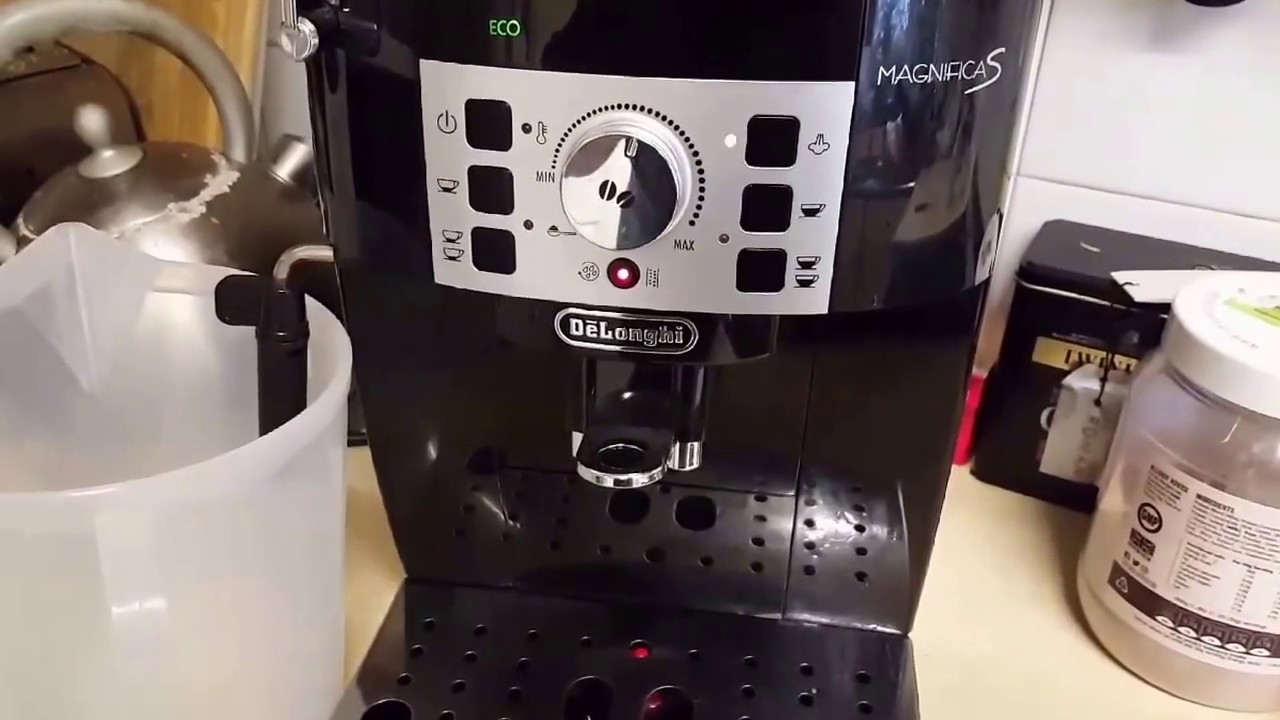

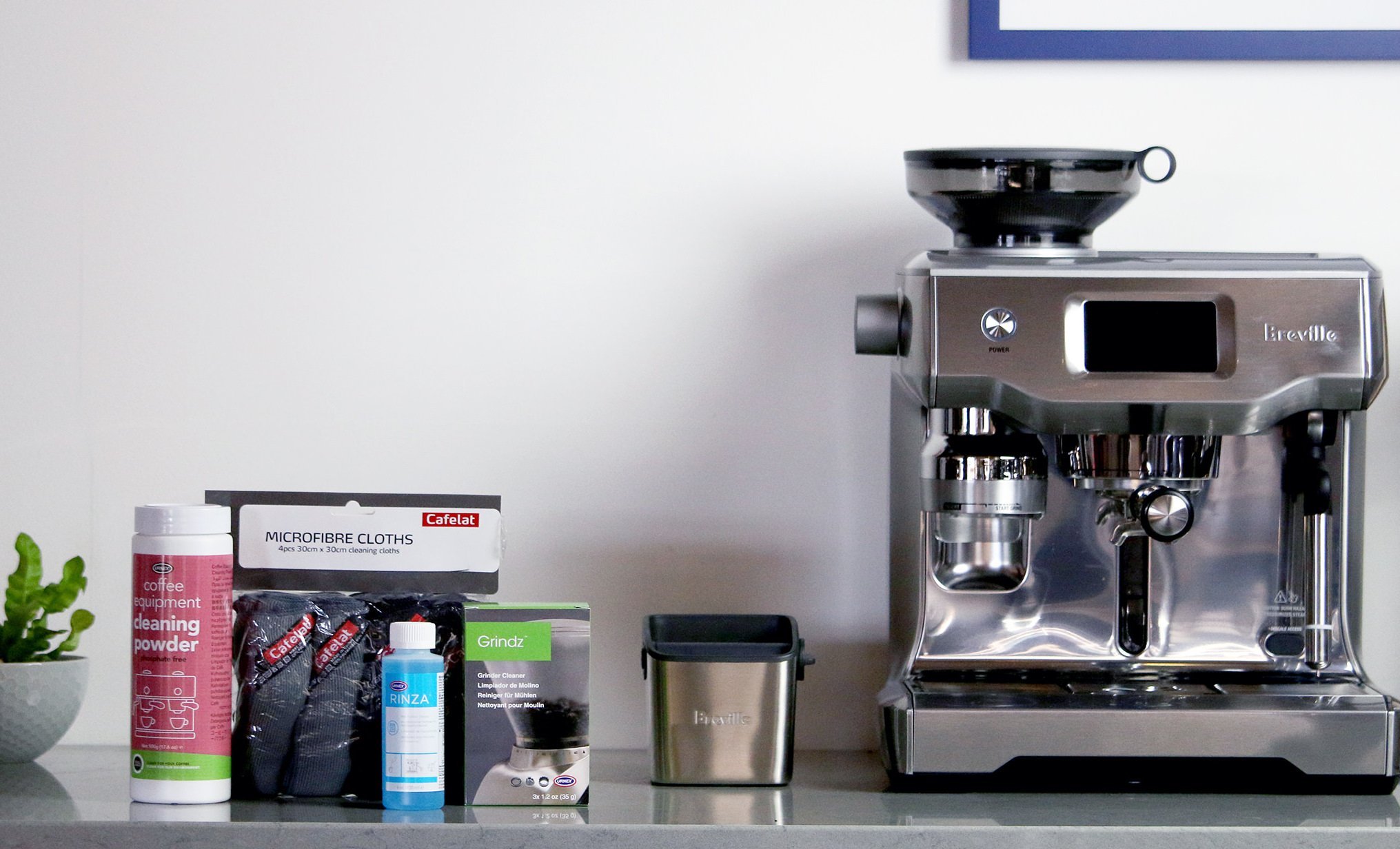
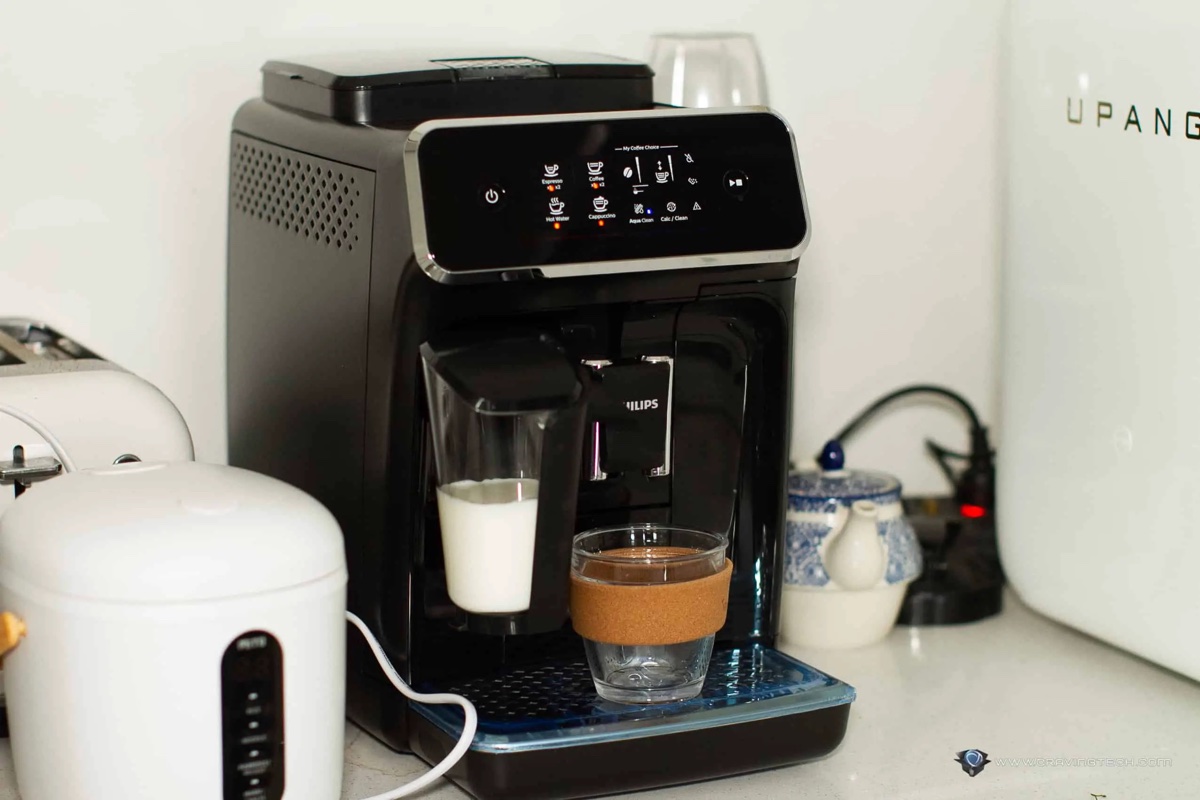
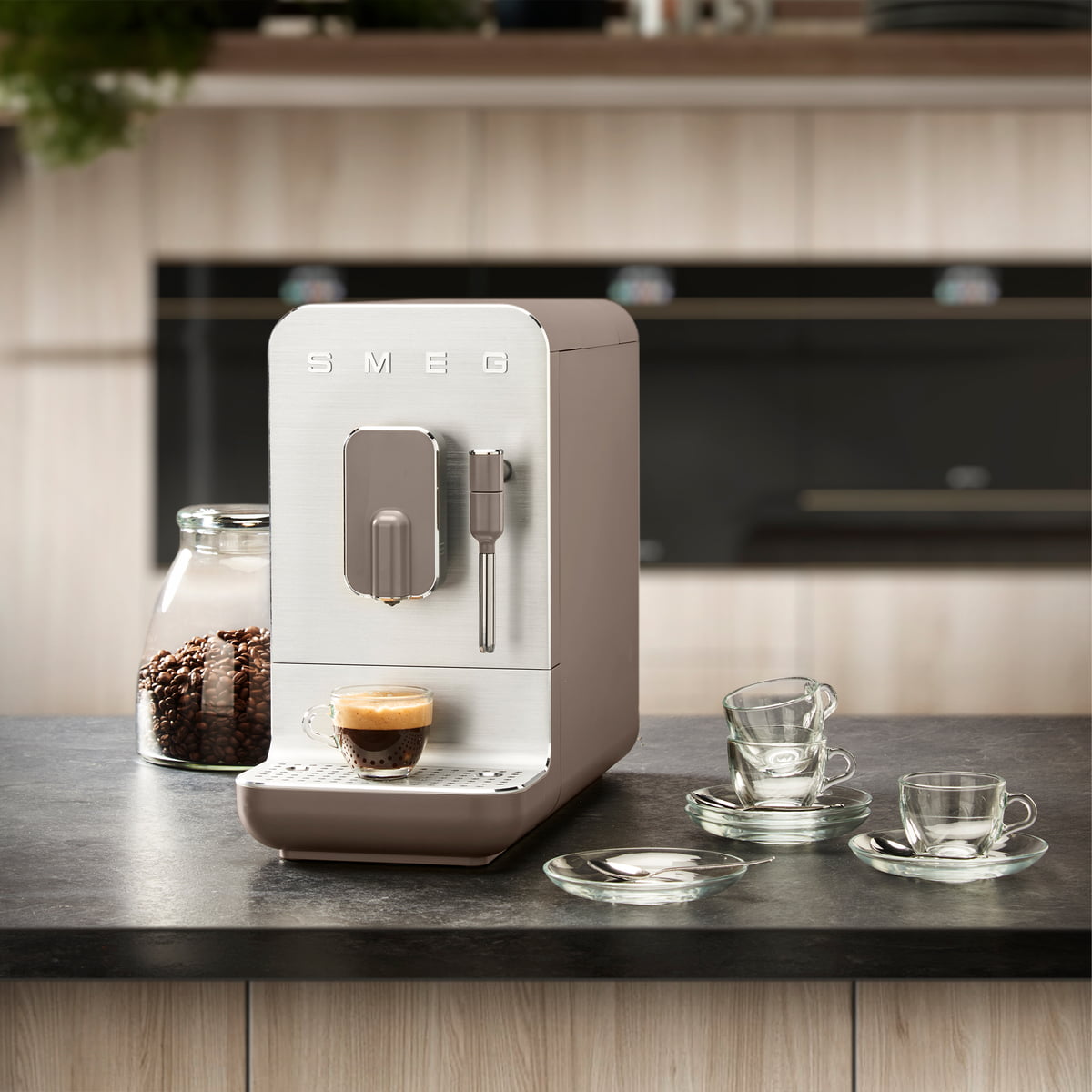
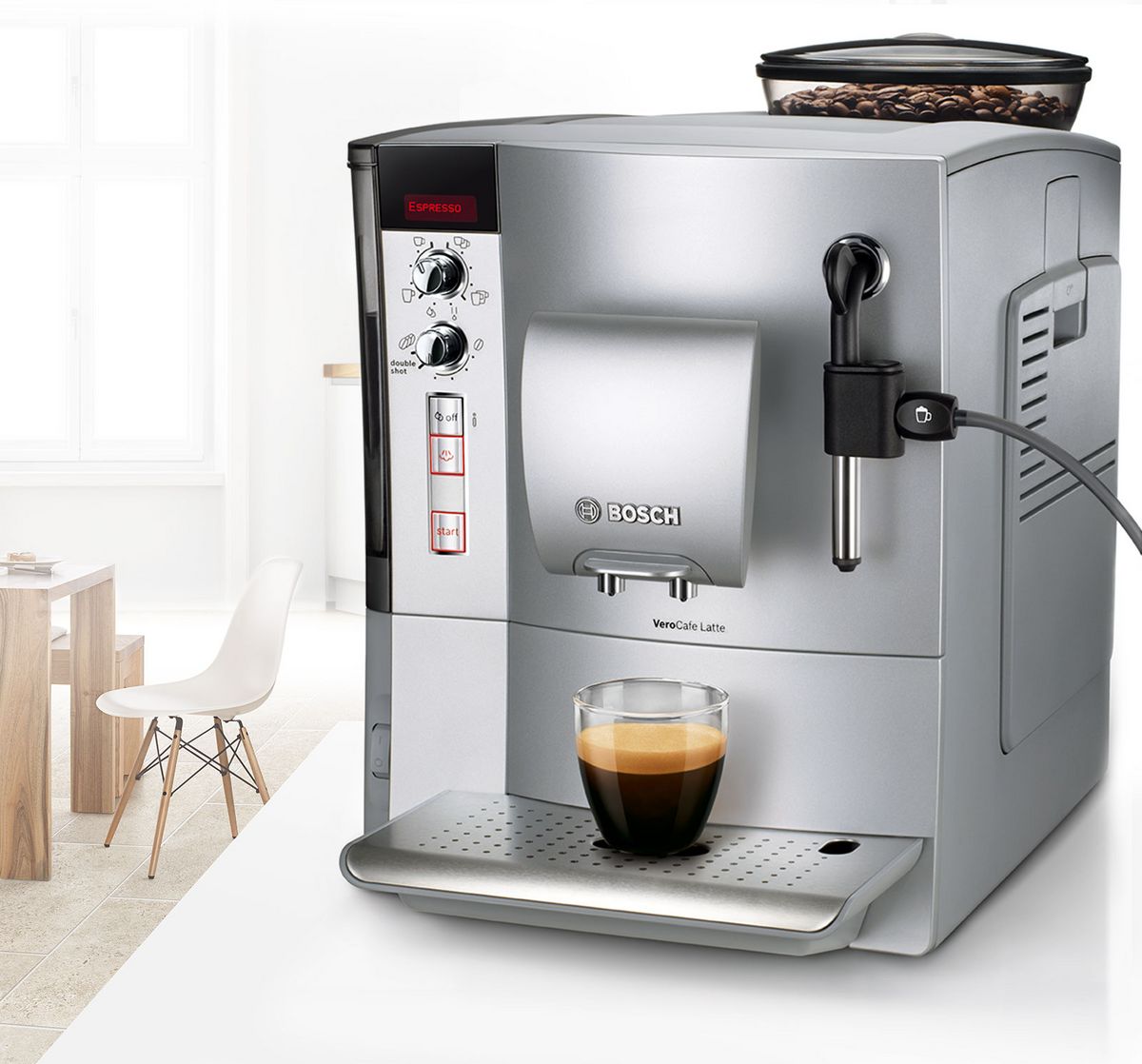
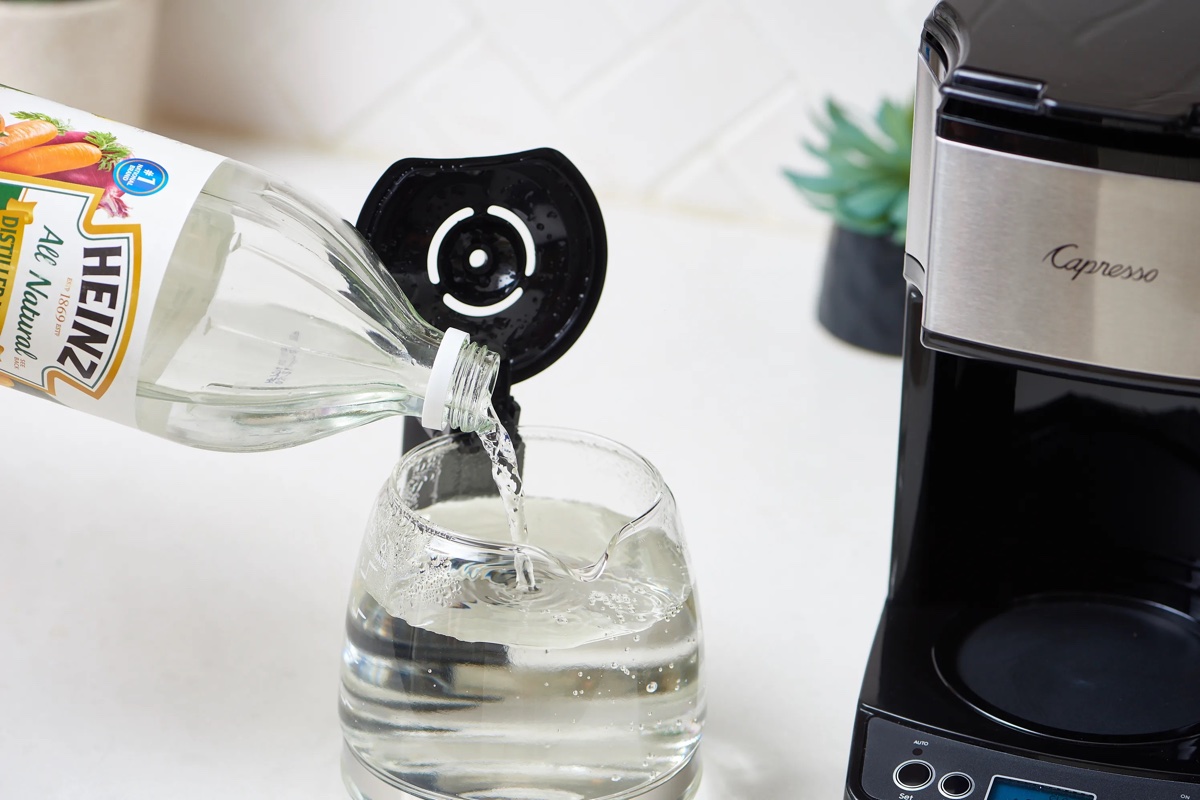

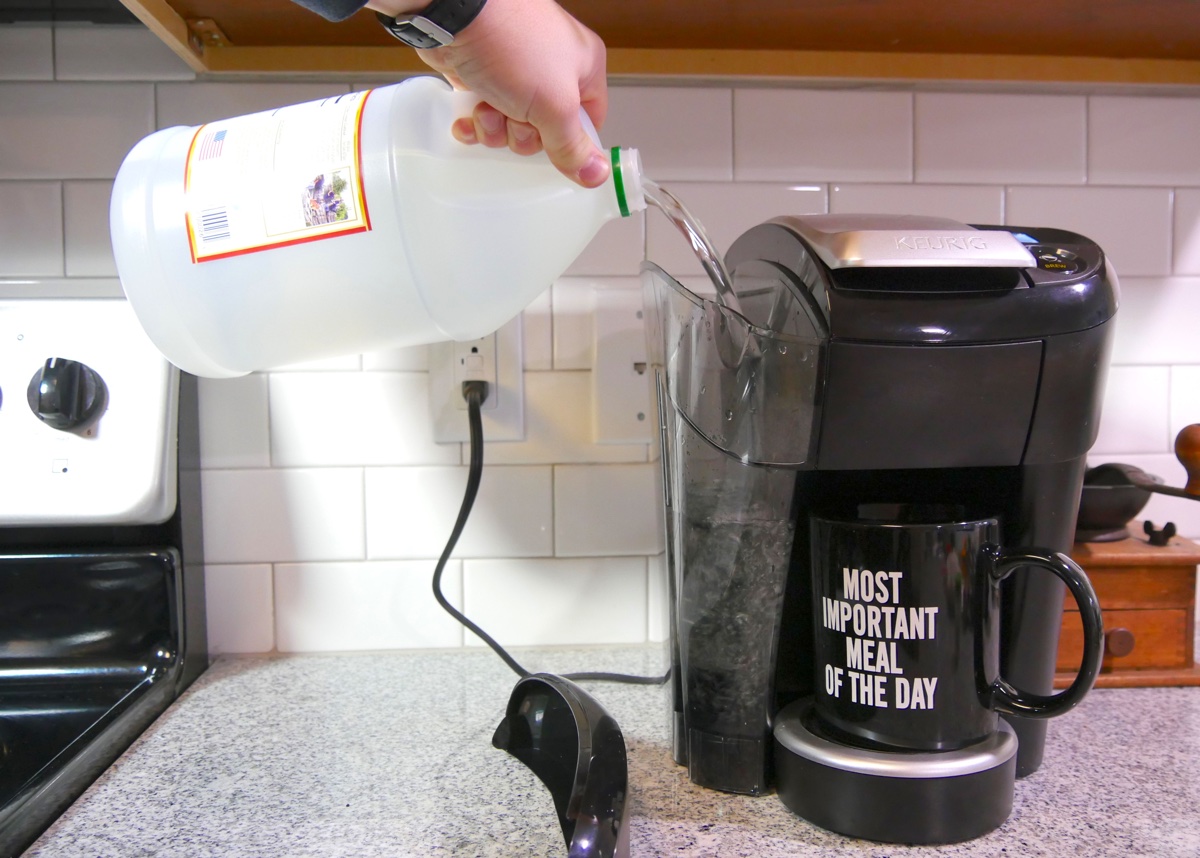
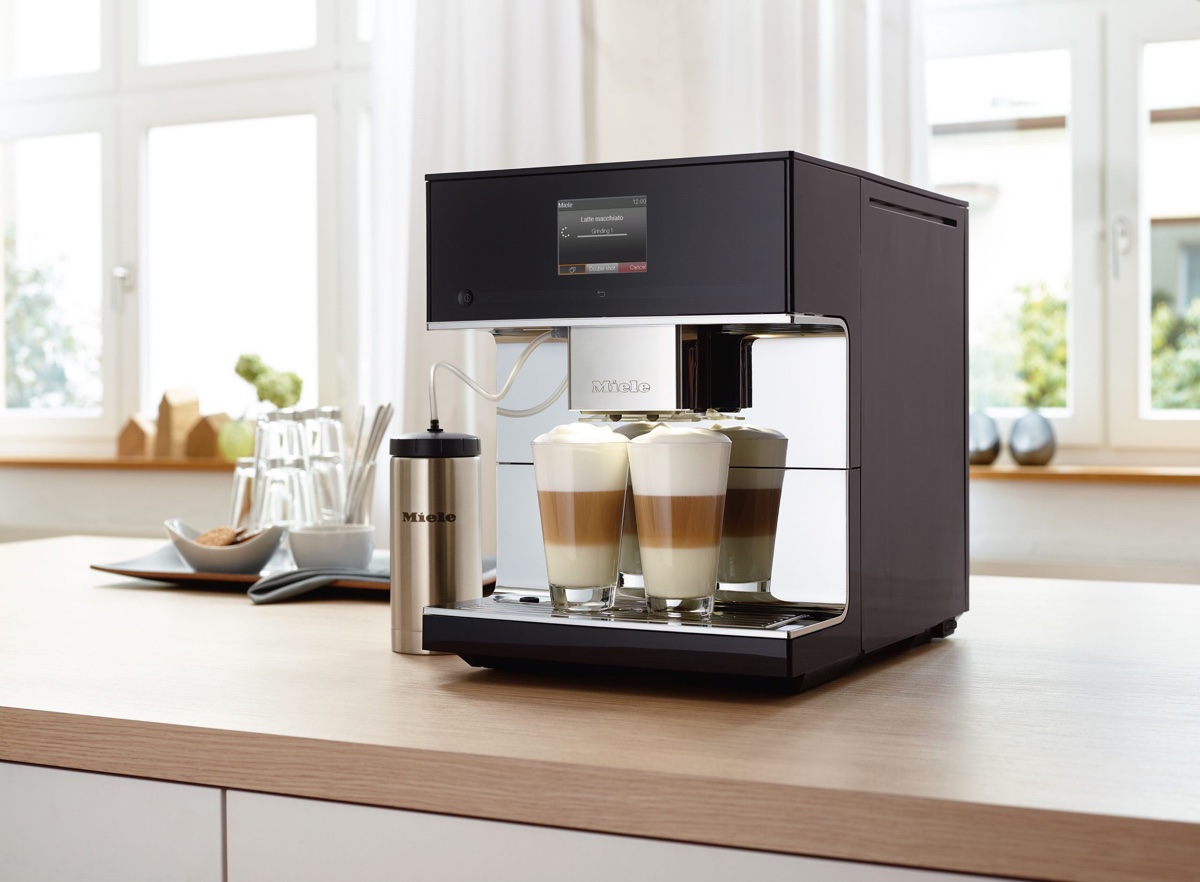


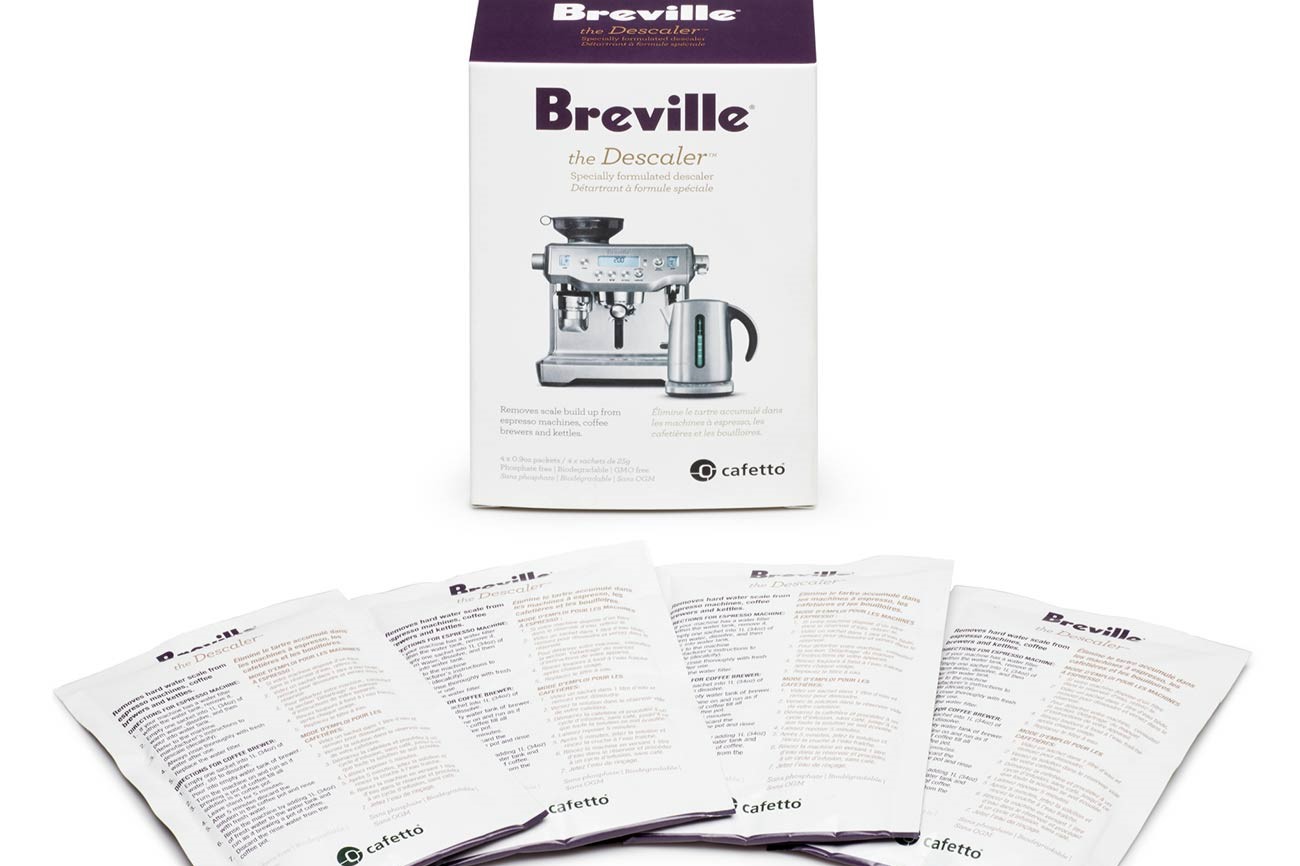
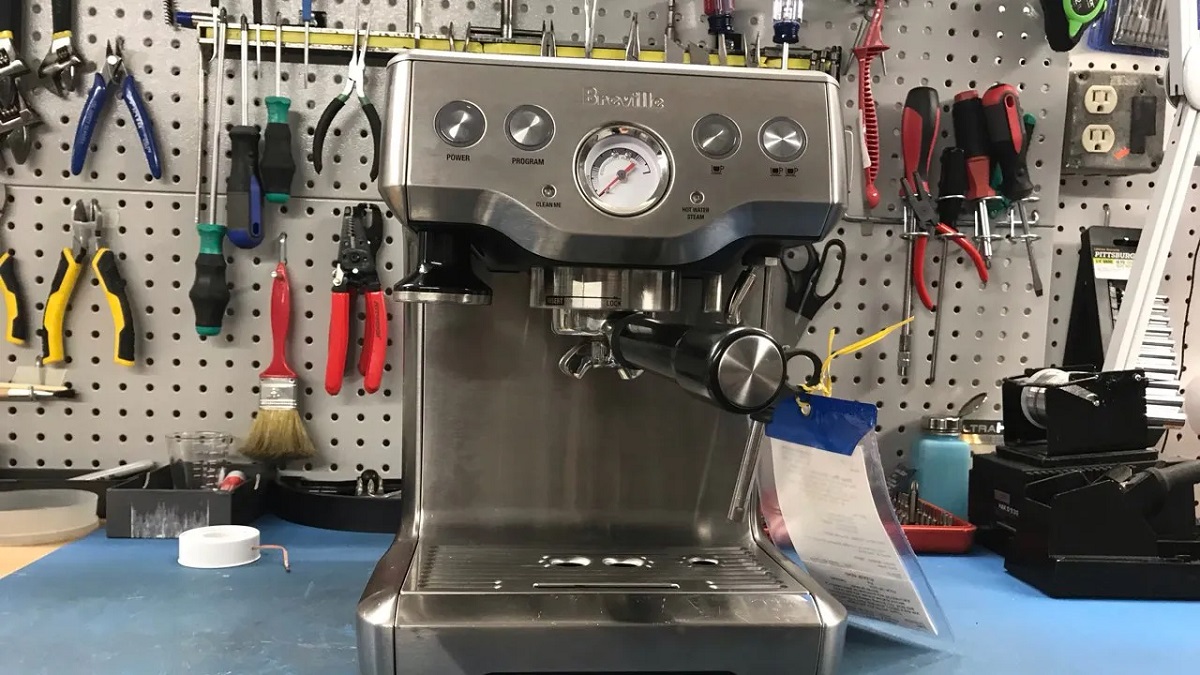

0 thoughts on “How To Descale An Espresso Machine”